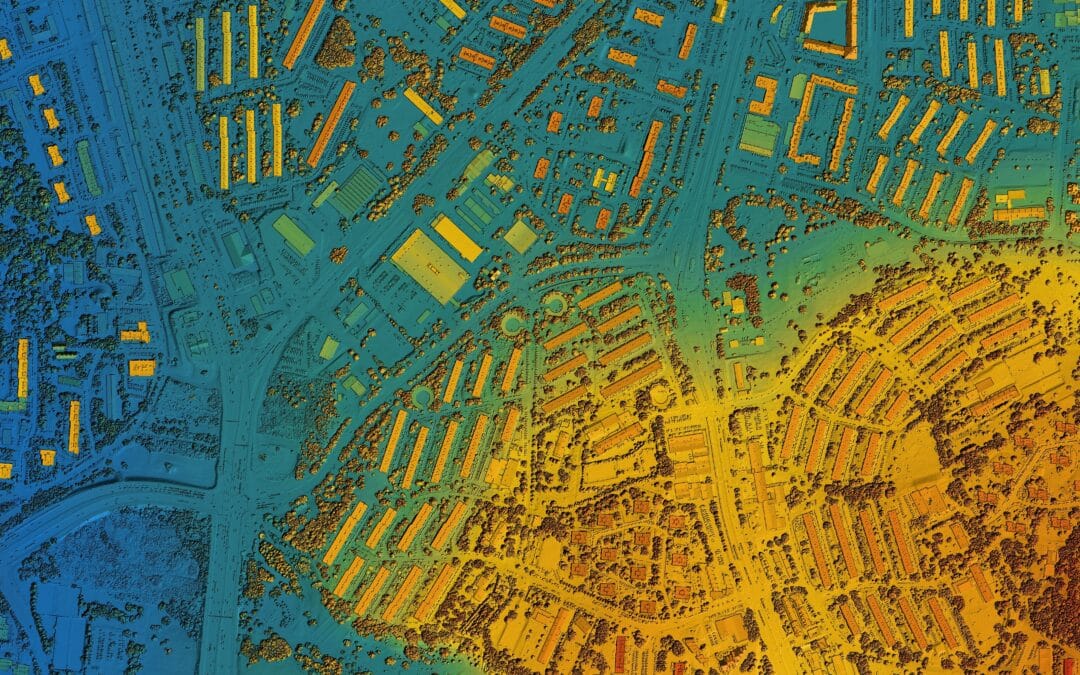What constitutes a good, profitable rental property?
There’s no one, single answer to that question. No matter how many people you ask or how many calculations you run, you’re probably going to get that many different answers.
I remember when I was starting out as a weekend or part-time investor, I constantly faced that question. Many times, I had found a house that I liked, in a neighborhood that I liked, at a price point that I liked, and I was highly confident that I could rent that property. But there always remained the question, “Is it going to be a profitable rental property investment?”
I have to admit that as a part-time or new investor, I was very overwhelmed. All the different measures and criteria and hurdles that I encountered or was told about by other investors made things very unclear, very inconsistent and very overwhelming for me.
Is it a profitable rental property?
Speaking from my experience even as a tenured investor, I often question whether I am using the right measures, whether I have calculated them accurately and whether I am interpreting them correctly to ensure that the property I am buying is going to give me the best possible return compared to other investment opportunities that are out there.
The question you’re probably asking yourself first and foremost—“Is it a good rental property investment?”—translates to this: “Is it going to generate a decent, positive, monthly cash flow?”
You’re probably also saying, “Well, gosh, how do I even know? Is there a little crystal ball that can tell me? What calculations and measures should I use so it doesn’t seem so speculative or risky?”
And you may also be asking yourself, “Isn’t there just one simple measure that we all can use to calculate and interpret the same way that will clearly indicate whether or not it is a profitable rental real estate investment?”
These are all great questions that I’ve asked myself in the past—and sometimes still do, even as a tenured full-time investor.
So let’s try to simplify and clarify how you as a new investor can be highly confident that a property—whether it is a single-family home, condominium or townhouse—is going to be a good investment.
Nine numbers to help determine a profitable rental
There are nine numbers I always compile when I’m doing my due diligence to determine whether a potential real estate investment will be a good rental property or a good buy-and-hold investment.
1.) Monthly rent
First, I want to know the monthly rent. You can determine that in a number of different ways. MLS comps and various online sources can tell you what properties are renting for in your specific market, based on the number of bedrooms and bathrooms, square footage and other typical indicators or measures.
2.) Monthly loan payment
Second, you want to know what the monthly principal payment will be on the loan you’re going to take out to purchase that property. You can calculate that based on the loan amount and the price of the house. There are Excel spreadsheets available for free all over the Internet, in which you simply type in the amount of money you intend to borrow, the interest rate you’ll believe you’ll get, and the term or number of years for which you’re going to borrow that money and you’ll get your monthly principal payment.
3.) Monthly interest payment
Third, you want to know the monthly interest payment, which you can calculate by using that same tool. That loan amortization tool will tell you that if you’re borrowing this amount of money for this many years with this much interest, here is what you’re going to have to pay every month in interest in addition to that monthly principal.
4.) Property taxes
You’ll want to know how much you’ll be paying in taxes for that property. You can get those figures off county records, which are free and usually accessible online.
5.) Hazard insurance
Another number you’ll want to know is the monthly hazard insurance payment you’re going to have to make to protect that asset from damage due to wind, hail, fire, water, etc.
6.) Estimated repair cost
And you’ll want to estimate how much you’re going to spend on repairs, on a monthly or annual basis. There are some general assumptions you can make since you may not know what’s going to go wrong—how many times the toilet is going to leak or the roof might leak or a window might break or the air conditioner might go out, among other things. A good assumption is 5 % of your rent to be set aside to go to repairs.
7.) Homeowners Association dues
You’ll want to know if there are any HOA payments due on that property and what those are on an annual basis. You can get that off the MLS listing, for instance.
8.) Property management fee
Number eight: Is there any property management fee you will need to pay? If you manage the property yourself, there is no fee. But maybe you’re planning to get a third party to manage if for you. If so, there will be a monthly fee you’ll have to pay.
9.) ‘Vacancy factor’
Then finally, you need to factor in some assumptions based on the fact that despite your best efforts, that property will not be generating any income when it’s vacant in-between tenants. That assumption is often called a “vacancy factor.”
So those are the nine numbers. Some of them will be easy to get, but others will require you to make assumptions. Let me help you with those.
If you choose to factor in vacancy, I see numbers being used as high as 15% of your monthly rent. It should be set aside under the assumption that money will be lost during the time the property is vacant in between tenants.
For property management fees, 10% of your monthly rent is a safe amount to set aside.
You can get homeowners association fees off the MLS listing or from the wholesaler or seller of the property.
You have the numbers; now what?
OK, so what do you do with these nine numbers now that you have them?
A great measure that I’ve used and continue to use is called the debt service multiplier (DSM), which may also be called the debt service coverage ratio (DSCR).
These nine numbers are the inputs that will calculate that service coverage ratio. It is really simple to do.
First, you calculate your net annual income for that property, very simply using those numbers we just discussed. You take your rent minus taxes minus insurance minus repairs (5% of the rent) minus vacancy (15% of your rent) minus HOA dues and your management fees. That gives you your annual operating income off of that property.
Next, you calculate your annual debt service. That’s also very simple: take that monthly principal payment plus that monthly interest payment and multiply by 12 (months). You get your annual debt service—the amount you spend over a 12-month period in order to service your debt or pay your loan (comprised of principal and interest).
Now, divide that annual net operating income by the annual debt service number. I recommend using an Excel spreadsheet to set up a template because you’re going to want to use this again and again. You can even find these models for free on the Internet, also.
What’s the optimal multiplier?
Now that you’ve done your calculations, you’re probably going to end up with a number somewhere around 1. It may be lower than 1, which by the way would not be optimal. It may be higher than 1, which is where you want to be.
For an idea of what’s good or bad and how to interpret it, most lenders want to see a debt service multiplier (your net annual operating income divided by your annual debt service) of 1.25 or higher. You know if you have a 1.25 you’ve got a good rental property investment by most standards.
You’re going to get the cash flow you want. You’re going to have a cushion to cover the unanticipated expenses like repairs or vacancy or the planned expenses like the HOA or property management fees.
What’s interesting is that as you come across investors, everybody’s going to have a different answer, a different calculation, and a different interpretation. You may have investors who say, “Hey, a 1.0 debt service multiplier is just fine for me,” meaning “as long as my annual net operating income covers my annual debt service, I’m fine because I know I’m getting my monthly equity from the principal pay down that my tenant is doing for me and I’m getting monthly appreciation from that asset.”
Consider the objectives of your partners
But here’s the catch: When you go to get a loan for that property, there’s a pretty good chance that lender is not going to be happy with that 1.0. That’s why I say to target a 1.25 debt service multiplier because most lenders are going to see that as optimal.
So regardless of your own personal objectives or your own personal goals, you’ve got to think about the goals and objectives of your partners—your lending partners, in particular.
In conclusion, I wish I could tell you there’s one simple measure for judging the profitability of an investment property, but there’s not. The debt service multiplier is a good and widely used measure. It’s an easy indicator and there’s a good chance your lender is using the same indicator.
Whichever one you do choose and however you calculate it, make sure it’s a good solid measure for analyzing your real estate rental investment.
























0 Comments